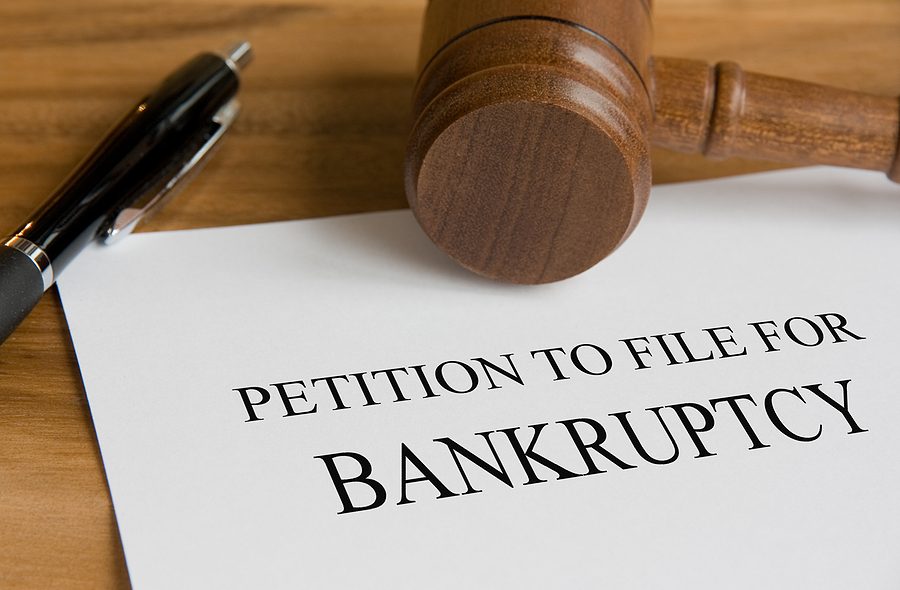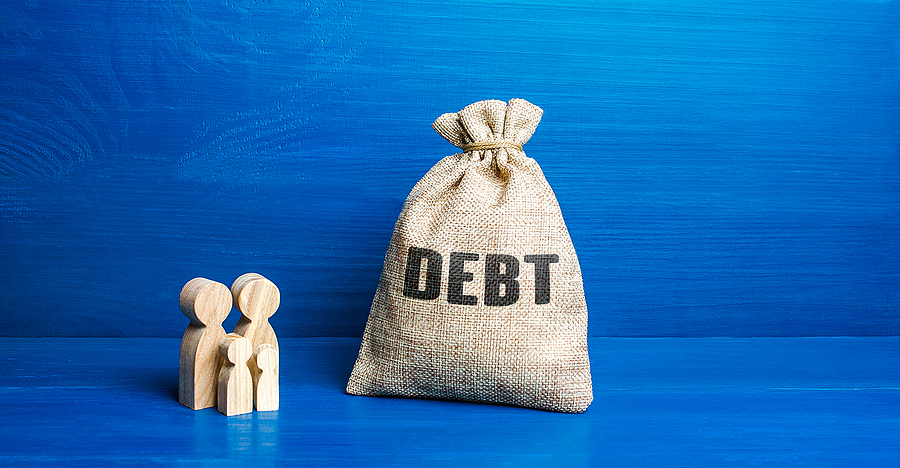August and September 2021 bankruptcy filings have been mixed. While certain types of bankruptcy cases have increased, others have gone down, according to data from Epiq’s AACER bankruptcy information services.
According to Epiq, overall bankruptcy filings for all chapters have declined by four percent, with 32,263 new filings made in August 2021 to 30,907 new filings reported in September 2021. Additionally, individual Chapter 7 filings decreased by nine percent between August and September.



